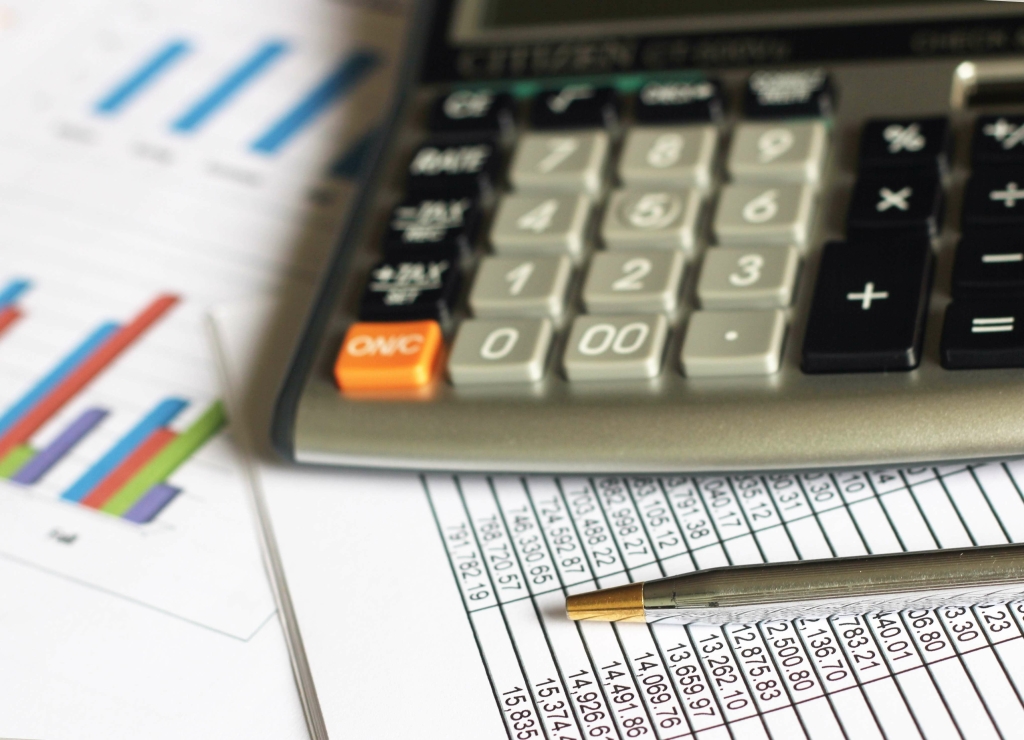
Broadly speaking, ratios of 60% (0.6) or more are considered high, while ratios of 40% (0.4) or less are considered low. Businesses with high levels of liabilities compared to assets are considered to be highly leveraged, meaning they’re a higher risk for investors. The debt ratio is shown as a decimal because it calculates the total liabilities https://www.bookstime.com/ as a percentage of the total assets. As is the case for many solvency ratios, a lower ratio is better than a higher one. A Debt Ratio Analysis is defined as an expression of the relationship between a company’s total debt and its assets. A company with a negative debt ratio simply indicates that the company has negative shareholder equity.
Marketplace Financial Model Template
- During times of high interest rates, good debt ratios tend to be lower than during low-rate periods.
- Analyzing debt ratio trends over multiple periods provides insights into a company’s evolving financial strategy and risk management practices.
- They can also issue equity to raise capital and reduce their debt obligations.
- In most cases, this would be considered a sign of high risk and an incentive to seek bankruptcy protection.
- As noted above, a company’s debt ratio is a measure of the extent of its financial leverage.
The cash ratio provides an estimate of the ability of a company to pay off its short-term debt. Although debt financing is generally a cheaper way to finance a company’s operations, there comes a tipping point where equity financing becomes a cheaper and more attractive option. For example, asset-heavy industries such as utilities and transportation tend to have higher D/E ratios because their business models require more debt to finance their large capital expenditures. A higher D/E ratio means that the company has been aggressive in its growth and is using more debt financing than equity financing.

Debt ratio formula, calculation and examples
- What counts as a “good” debt-to-equity (D/E) ratio will depend on the nature of the business and its industry.
- Online calculators provide convenient and accessible tools for performing quick debt ratio calculations and scenario analysis.
- Investors use the debt-to-asset ratio to assess the position of a company before they make their investment decision.
- The cash ratio is a useful indicator of the value of the firm under a worst-case scenario.
- Leveraged companies are considered riskier since businesses are contractually obliged to pay interests on debts regardless of their operating results.
To illustrate, suppose the company had assets of $2 million and liabilities of $1.2 million. Since equity is equal to assets minus liabilities, the company’s equity would be $800,000. Its debt-to-equity ratio would therefore be $1.2 million divided by $800,000, or 1.5. To find a business’s debt ratio, divide the total debts of the business by the total assets of the business. The debt ratio focuses exclusively on the relationship between total debt and total assets.
Define Debt Ratio in Simple Terms
Is this company in a better financial situation than one with a debt ratio of 40%? It is a measurement of how much of a company’s assets are financed by debt; in other words, its financial leverage. Lenders usually have limits concerning a debt ratio of 0.5 indicates the debt ratio above which they would not extend credit to organizations because they are overleveraged. Obviously, there are other things to consider, including payment history, professional relations, and the business’s credit.

Is there any other context you can provide?
- Many investors look for a company to have a debt ratio between 0.3 and 0.6.
- It enables accurate forecasting, which allows easier budgeting and financial planning.
- It provides insight into the extent to which a company relies on debt financing to support its operations and investments.
- A higher debt ratio indicates a greater reliance on debt financing, while a lower ratio suggests a healthier financial position with less debt exposure.
- For example, a ratio that drops 0.1% every year for ten years would show that as a company ages, it reduces its use of leverage.
- In this article, we will delve into the concept of the debt ratio, explore what constitutes a good debt ratio, and identify when a debt ratio becomes too high.
This ratio determines the portion of a business’s assets that are financed through debt. The debt ratio of a company tells the amount of leverage it’s using by comparing total debt to total assets. It is calculated by dividing total liabilities by total assets, with higher debt ratios indicating higher degrees of debt financing. Debt ratios vary greatly amongst industries, so when comparing them from one company to the other, it is important to do so within the same industry.
How confident are you in your long term financial plan?

Furthermore, a high debt ratio may limit the company’s ability to obtain additional financing or invest in growth opportunities. The debt ratio is an important metric for investors and analysts because it indicates how much of a company’s assets are financed by debt and how much is financed by equity. A high debt ratio indicates that a company is heavily leveraged and may be at risk of defaulting on its debt.
Example 4: Comparing the debt to asset ratio among companies
Negative debt ratio analysis
- These assets include cash and cash equivalents, marketable securities, and net accounts receivable.
- For example, Google’s .30 total debt-to-total assets may also be communicated as 30%.
- Airline companies may need to borrow more money because operating an airline is more capital-intensive than say a software company that needs only office space and computers.
- This ratio, calculated by dividing total liabilities by total assets, serves as a valuable tool for assessing a company’s financial stability, gauging risk exposure, and evaluating capital structure.
- Let’s look at a few examples from different industries to contextualize the debt ratio.
